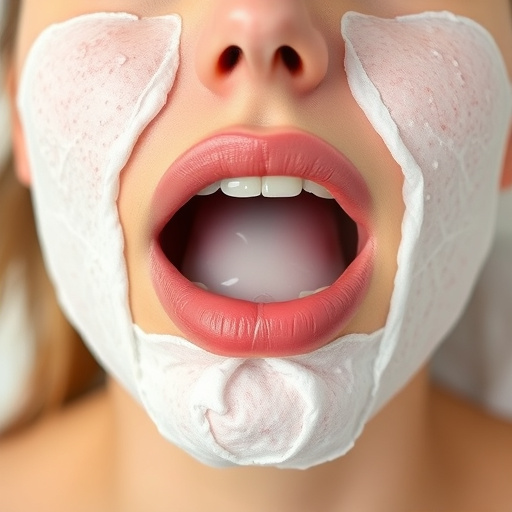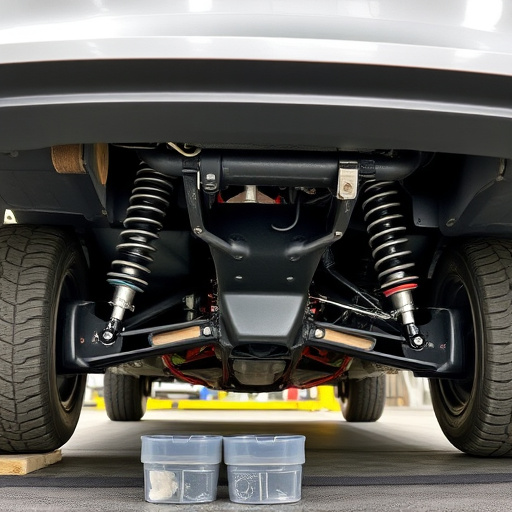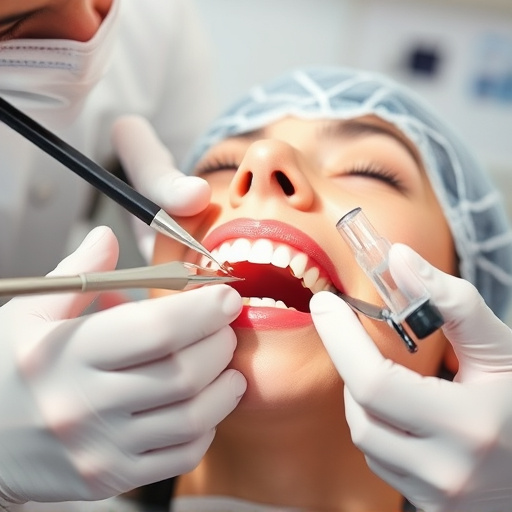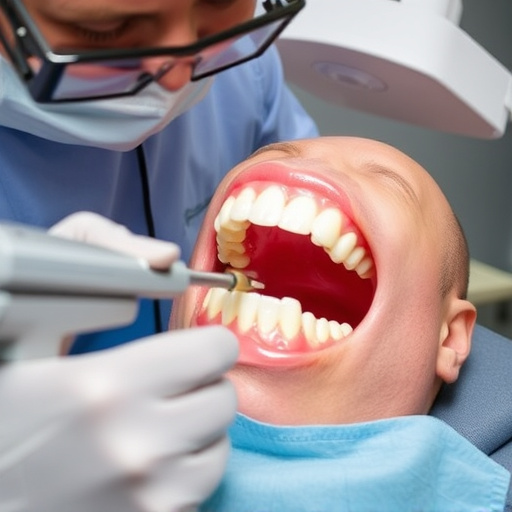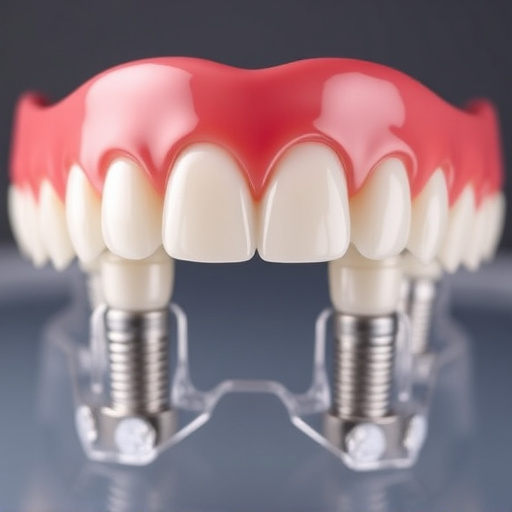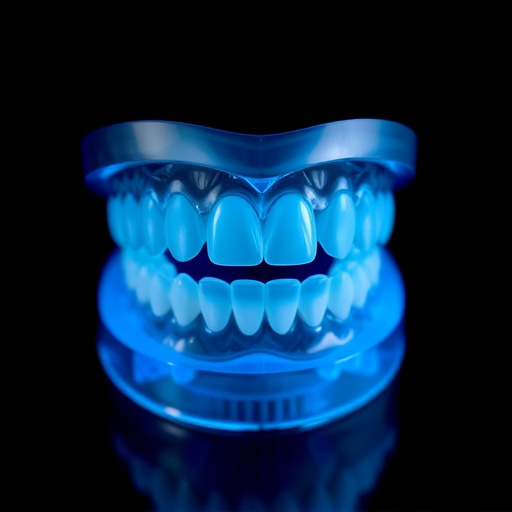Oral cancer screening is a vital, life-saving component of routine dental care. Early detection, often overlooked due to mouth and throat's hidden nature, significantly improves patient outcomes. Dentists employ visual exams, specialized lighting, and biopsies to uncover suspicious lesions or tumors. Timely intervention allows for less invasive treatments like dental bonding instead of extensive surgeries. Integrating oral cancer screenings into regular check-ups dramatically reduces mortality rates and enhances survival chances, ensuring prompt treatment and minimal cell spread.
Oral cancer, a silent yet deadly threat, claims countless lives annually. Early detection through oral cancer screening is crucial for improving prognosis and survival rates. This article delves into the significance of oral cancer screening, exploring its potential to transform patient outcomes. We examine the challenges of early identification and discuss how routine dental care integration can save lives. By understanding the role of screenings, we can empower both healthcare professionals and individuals to take control of their oral health.
- Understanding Oral Cancer and the Challenges of Early Detection
- The Role of Oral Cancer Screening in Improving Prognosis
- Integrating Oral Cancer Screenings into Routine Dental Care
Understanding Oral Cancer and the Challenges of Early Detection
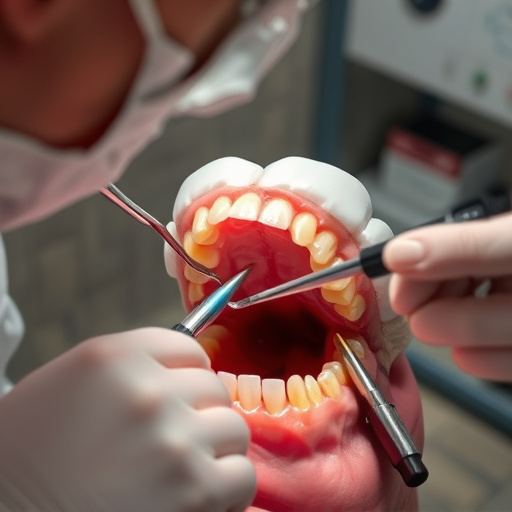
Oral cancer, a type of cancer that affects the mouth and throat, can often be challenging to detect in its early stages. This is primarily due to its hidden nature—it develops inside the mouth, where it may not be immediately visible or cause noticeable symptoms initially. The challenges of early detection are further exacerbated by the fact that many people do not regularly visit their dentists, leading to potential delays in diagnosis. Early detection plays a crucial role in improving prognosis and increasing survival rates.
Regular oral cancer screening is essential as it enables dentists to identify suspicious lesions or abnormalities before they become life-threatening. Through simple visual examinations and advanced diagnostic tools, such as specialized lighting and tissue biopsies, dental professionals can detect early signs of oral cancer. The process involves checking for any red or white patches in the mouth, sore throat, difficulty swallowing, or loose teeth—symptoms that might indicate underlying issues. Early detection allows for timely intervention, often through less invasive treatments, and improves overall patient outcomes, including considerations for procedures like dental fillings, emergency dental care, or even dental implants as part of post-treatment rehabilitation.
The Role of Oral Cancer Screening in Improving Prognosis
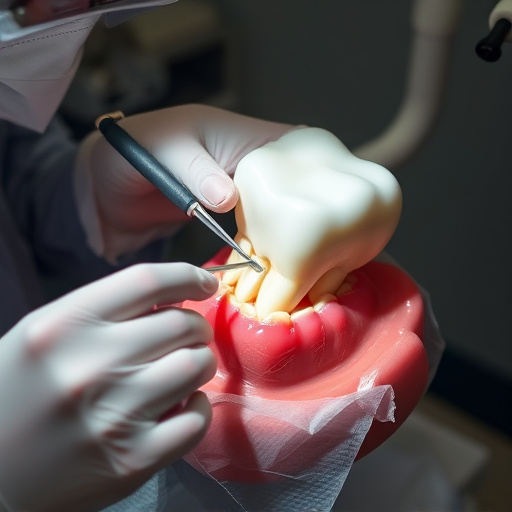
Oral cancer screening plays a pivotal role in improving prognosis by facilitating early detection. Regular checks allow dental professionals to identify abnormalities in the mouth, including lesions and tumors, at their earliest stages. This timely intervention is crucial as it significantly increases the chances of successful treatment and improves patient outcomes. Early detection enables less invasive procedures such as dental bonding or targeted treatments for small tumors, avoiding extensive surgeries like wisdom tooth removal or tooth extractions that may be necessary in later stages.
By integrating oral cancer screening into routine dental care, healthcare providers can significantly reduce the mortality rate associated with this disease. The process is straightforward, often involving visual examinations and specialized tools to detect any suspicious areas. This proactive approach ensures that patients receive prompt treatment, minimizing the potential for cancer spread and enhancing overall survival rates.
Integrating Oral Cancer Screenings into Routine Dental Care
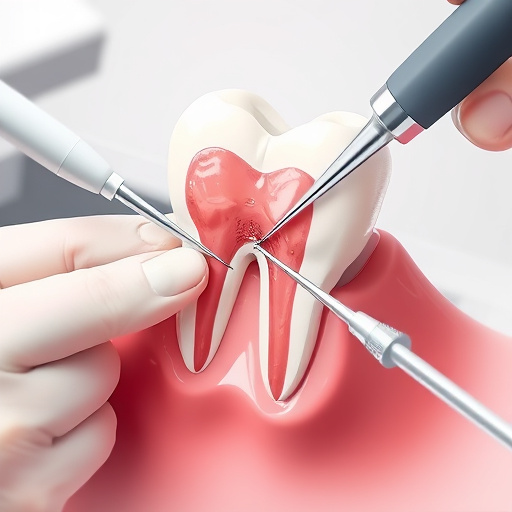
Integrating oral cancer screenings into routine dental care is a significant step towards early detection and improved prognoses for patients at risk. By incorporating these screenings as standard practice, dentists can play a pivotal role in identifying potential mouth cancers at their earliest stages. This proactive approach ensures that any abnormalities or precancerous cells are detected before they progress to advanced stages, thus enabling timely treatment interventions.
Regular oral cancer screenings complement traditional dental procedures such as tooth fillings and tooth extractions by focusing on the overall health of the oral cavity. During these screenings, dentists use specialized tools and techniques, including visual examinations and sometimes advanced imaging technologies, to detect any unusual growths or lesions that may indicate cancerous cells. This proactive integration of oral cancer screening into routine dental care is crucial in reducing mortality rates associated with this disease and enhancing patient outcomes.
Oral cancer screening is a powerful tool that can significantly enhance prognosis by detecting cancers at early, treatable stages. By integrating these screenings into routine dental care, we can improve patient outcomes and ensure better quality of life for those affected. The benefits are clear: earlier identification allows for less invasive treatments and improved survival rates. It’s time to prioritize oral cancer screening as a standard practice, saving lives one checkup at a time.





